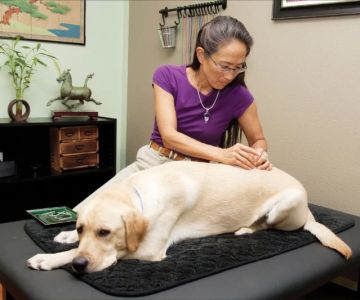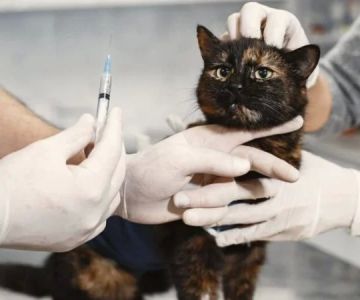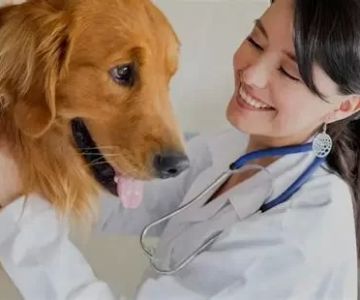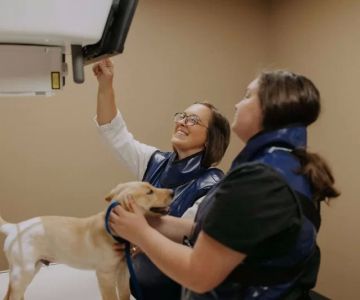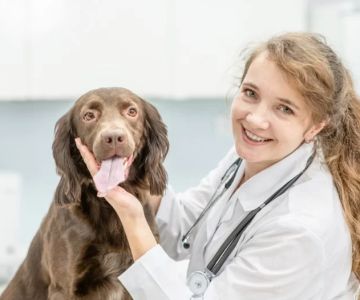1. What Does a Veterinary Receptionist Do?
When we think of a veterinary office, many of us picture the veterinarians and technicians working directly with animals. However, there’s another key player behind the scenes—the veterinary receptionist. This position is essential to ensuring the smooth operation of any animal care facility. So, what exactly does a veterinary receptionist do? In short, a veterinary receptionist serves as the first point of contact for clients, manages appointments, processes payments, and provides essential administrative support to the veterinary team.
In my own experience visiting veterinary offices, I’ve seen just how crucial the role of a receptionist is. They not only answer the phones and schedule appointments, but they also manage medical records, communicate with pet owners, and create a welcoming atmosphere for those in need of care for their pets. While they may not provide direct care to animals, their job plays a significant part in the health and well-being of the practice itself.
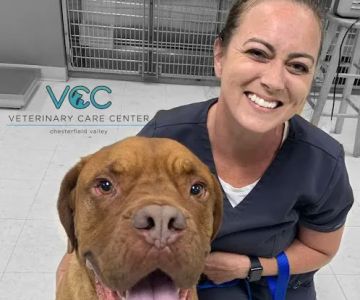
16830 Chesterfield Airport Rd, Chesterfield, MO 63005, USA
See Details2. Key Responsibilities of a Veterinary Receptionist
Veterinary receptionists have a wide range of responsibilities that require organizational skills, attention to detail, and a friendly demeanor. Their duties go beyond answering phones and greeting clients. Here are the core responsibilities of a veterinary receptionist:
2.1 Greeting Clients and Their Pets
The first interaction clients have when entering a veterinary practice is with the receptionist. Greeting clients and their pets with a warm, professional demeanor helps set the tone for the entire visit. As a veterinary receptionist, you must make clients feel comfortable and at ease, especially when they are dealing with the health of their beloved pets.
2.2 Managing Appointments and Schedules
One of the main tasks of a veterinary receptionist is managing appointments. This involves scheduling new appointments, confirming existing ones, and handling cancellations or reschedules. Organizing the schedule efficiently is crucial to ensuring that the veterinary team stays on track and that clients are seen in a timely manner.
2.3 Handling Client Communications
Veterinary receptionists are often the first point of contact for clients via phone, email, or in person. They answer questions about services, provide information about fees and procedures, and assist with follow-up care instructions. They may also help clients with concerns about their pet’s health and direct them to the appropriate professional for assistance.
2.4 Billing and Payment Processing
Veterinary receptionists are also responsible for processing payments, which include billing clients for services rendered, taking payments, and providing receipts. They ensure that all financial transactions are accurately recorded, often working with insurance providers and keeping track of payment plans when necessary.
2.5 Maintaining Medical Records
Another essential part of the job is managing patient records. Veterinary receptionists help update and maintain accurate medical records, including vaccination histories, treatments, and past surgeries. Keeping detailed records is crucial for the veterinarians and technicians to provide the best care possible.
3. Essential Skills Required for a Veterinary Receptionist
While the role of a veterinary receptionist might seem straightforward, it requires a variety of essential skills to succeed. These skills ensure that the receptionist can perform their duties effectively and help maintain the smooth operation of the practice:
3.1 Strong Communication Skills
As the main point of contact for clients, veterinary receptionists need excellent communication skills. They must be able to communicate clearly and concisely, both in writing and over the phone, ensuring that clients understand important information regarding their pets' care and the services provided by the veterinary practice.
3.2 Organizational Skills
Veterinary receptionists are often juggling multiple tasks at once—answering the phone, managing appointments, processing payments, and handling medical records. Strong organizational skills are vital to keep everything running smoothly and ensure that the practice stays on schedule.
3.3 Empathy and Compassion
Working in a veterinary setting requires a high level of empathy and compassion. Receptionists often deal with worried pet owners who may be anxious about their pets' health. Being able to offer reassurance and a kind word can go a long way in easing clients’ concerns.
3.4 Attention to Detail
Veterinary receptionists must be meticulous when handling patient records, billing, and appointment scheduling. Attention to detail is essential for maintaining accurate information, especially when it comes to tracking medical histories, updating vaccinations, and processing financial transactions.
4. The Challenges and Rewards of Being a Veterinary Receptionist
While the role of a veterinary receptionist can be highly rewarding, it also comes with its challenges. The work can be fast-paced and sometimes emotionally taxing, especially when dealing with difficult situations such as euthanasia or clients facing high medical bills for their pets.
However, despite these challenges, many veterinary receptionists find the work to be incredibly fulfilling. Being part of a team that helps animals and provides comfort to pet owners during difficult times is a significant reward. Knowing that you’ve contributed to an animal’s health and that you’ve helped a client navigate their concerns brings a sense of pride and purpose.
5. Real-Life Example: A Day in the Life of a Veterinary Receptionist
To understand the daily role of a veterinary receptionist, I spoke to Sarah, a receptionist at a busy animal hospital in my area. She shared how every day brings something different, from managing a full schedule of appointments to comforting clients during difficult times.
“One of my favorite parts of the job is greeting clients and their pets. I get to see so many wonderful animals, and it’s heartwarming to watch their owners care so deeply for them. But it’s also a lot of responsibility—ensuring that appointments are on time, handling payment processing, and making sure all records are updated can get overwhelming,” Sarah said.
“But when I help a client feel heard and see their pet get the care they need, that makes it all worth it.”
6. Career Opportunities for Veterinary Receptionists
Being a veterinary receptionist can be an entry point into a rewarding career in animal healthcare. Many veterinary receptionists use their experience as a stepping stone to pursue further education and training in veterinary technology, management, or even as a veterinary technician or assistant. The skills learned in this position, such as client communication, organization, and medical recordkeeping, are highly transferable and valued across the veterinary field.
Additionally, those who stay in the role can grow into supervisory or managerial positions, overseeing a team of receptionists or assisting with business operations in larger veterinary practices. The role can lead to new opportunities and career growth for those looking to advance in the veterinary field.



